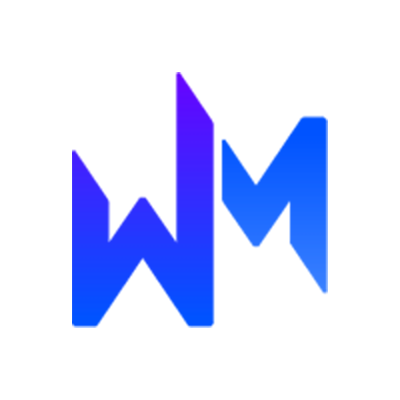Stat Watch: How We Communicate at Work

The manner in which many professionals speak to one another day to day is changing.
Whether it's collaborating on one of the popular messaging apps or telecommuting like a growing number of people are doing, enterprise business operations must adapt to the budget, expectations, security concerns and other factors that are impacted by a changing workforce (see Quiz Time) and subsequent shifts to modern communication styles - and there are plenty of software contenders competing to help.
If there is one area that demonstrates the speed of change in biz-ops it is that of collaboration software used to address the needs of teleworkers, freelancers, in-house employees and anyone trying to get work done, faster. Ultimately, the goal of using these solutions is to move communication off email (where the Washington Post indicates white-collar workers spend 4.1 hours a day) and into a system where messages and files can be shared and accessed by all to provide a transparent view of each employee's work and company happenings on the whole.
Slack is the current darling of the space (with a $3.8 billion valuation), but the competition is closing ground. Microsoft continues to release a number of collaboration tools (as far back as Yammer in 2008 to Teams, a chat-based workspace, in 2016). With Teams, in particular, the vision for its $26.2 billion acquisition of LinkedIn starts to come into view.
The personalized data on business professionals that LinkedIn provides is vast, and the potential for greater integration between all Microsoft products, particularly those involving collaboration, is significant.
The systems used to operate businesses today are changing to provide more access, flexibility and transparency - and collaboration software is just the start. + When listing the most commonly lacked skills they'd like to see in recent graduates, 44 percent of managers felt writing proficiency was the hard skill most lacking. (PayScale, 2016)
+ Canadian Tire expects its cross-Canada communications teams to eliminate 780 meeting hours a year by collaborating real-time in a Facebook Workplace group instead of a weekly meeting. (Facebook, 2016)
+ Forrester forecasts that cognitive technologies such as artificial intelligence (AI), machine learning and automation will replace seven percent of U.S. jobs by 2025. (Forrester, 2016)
+ The majority of smartphones used in the workplace are personally owned devices - only 23 percent of employees surveyed are given corporate-issued smartphones. (Gartner, 2016)
+ Nearly 4 in 10 (39 percent) senior managers interviewed said it's unprofessional to include emojis or emoticons in work communications, but 61 percent stated it's OK, at least in certain situations. (OfficeTeam, 2016)

Subscribe to Our Newsletter!
Latest in Marketing








